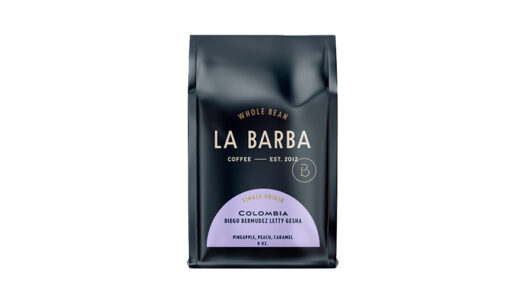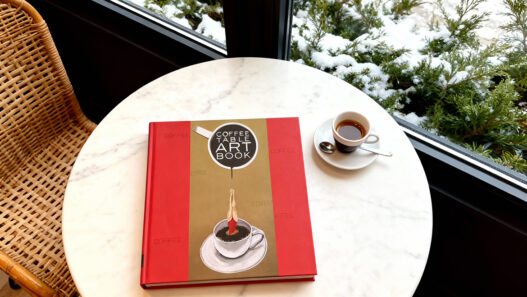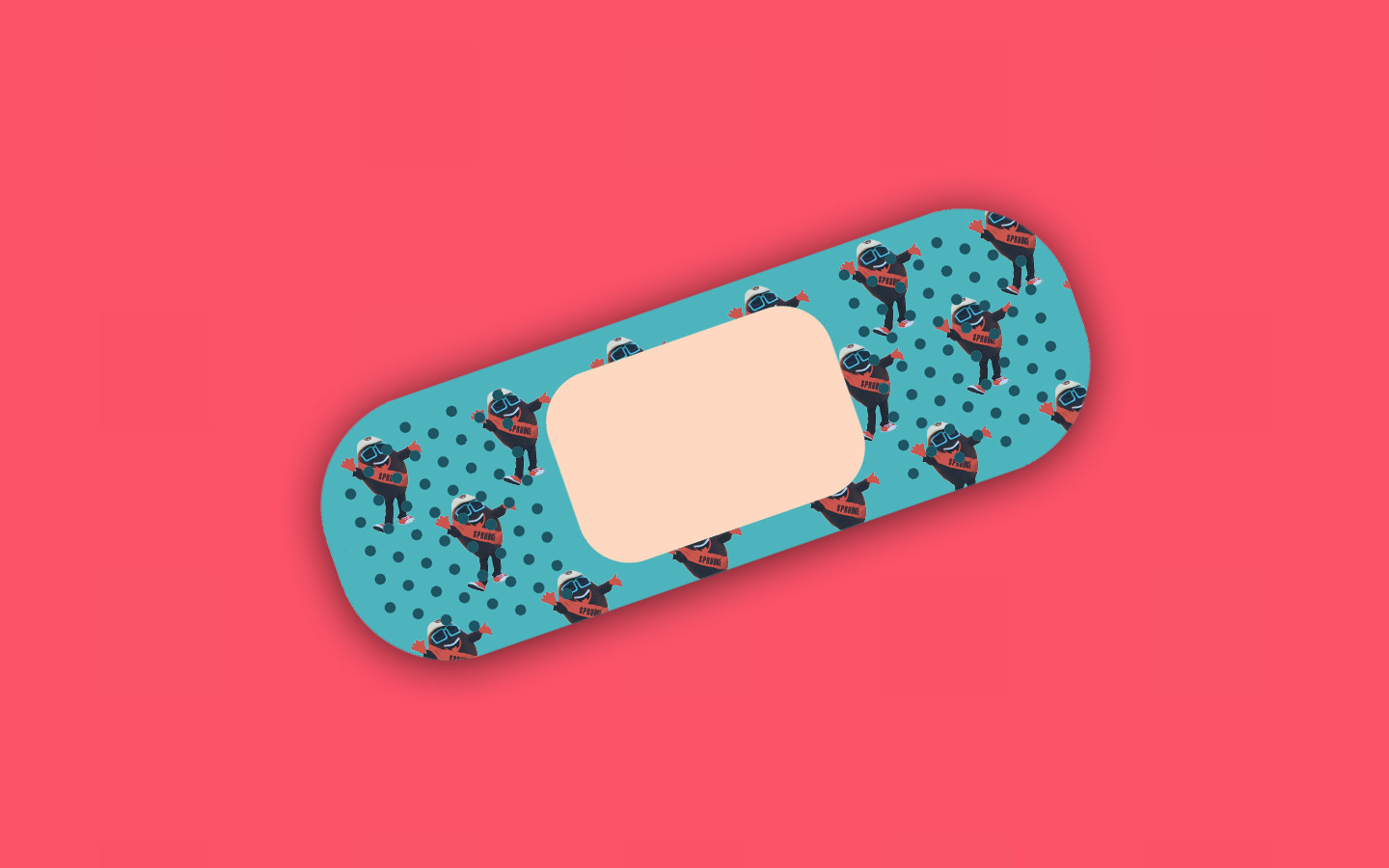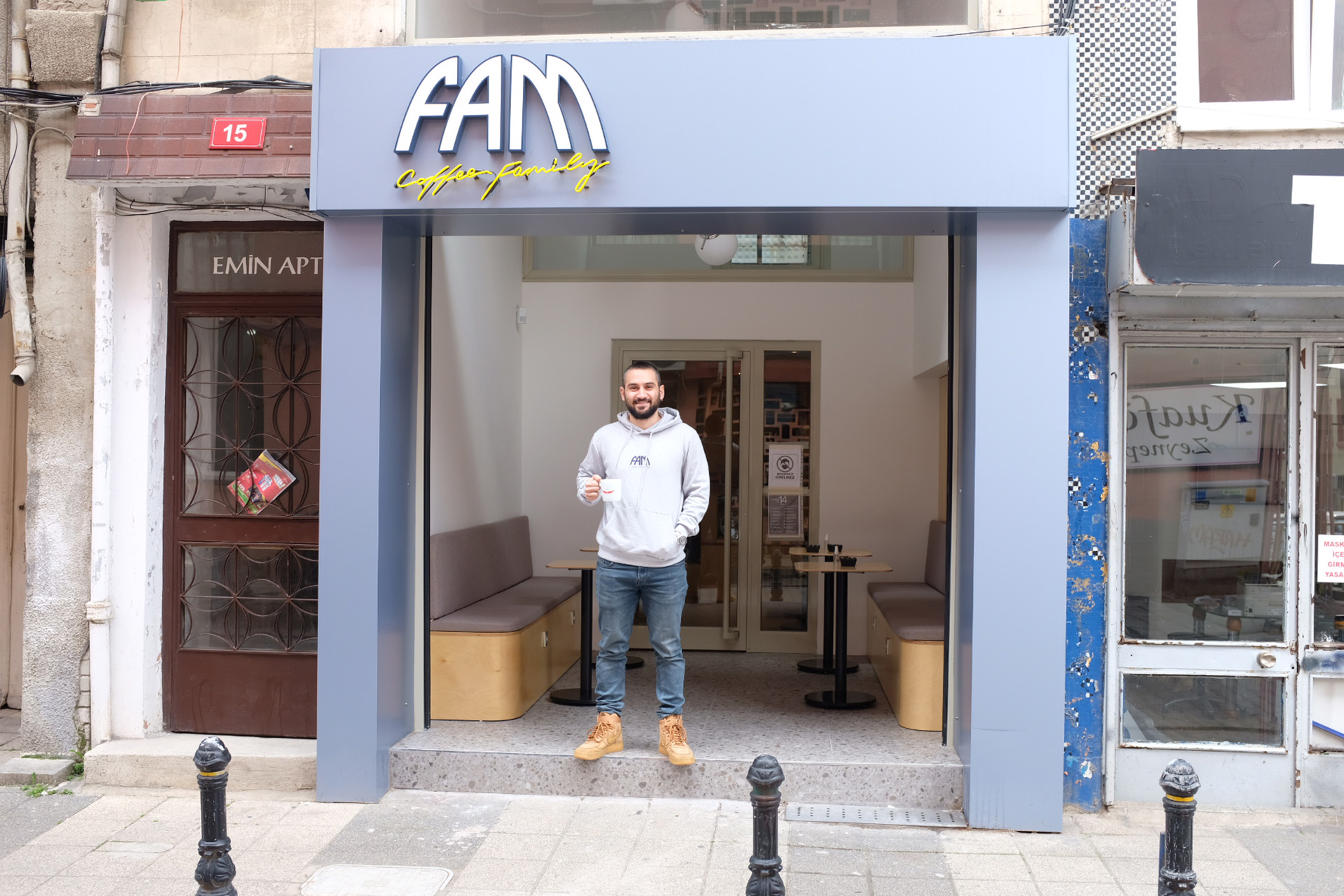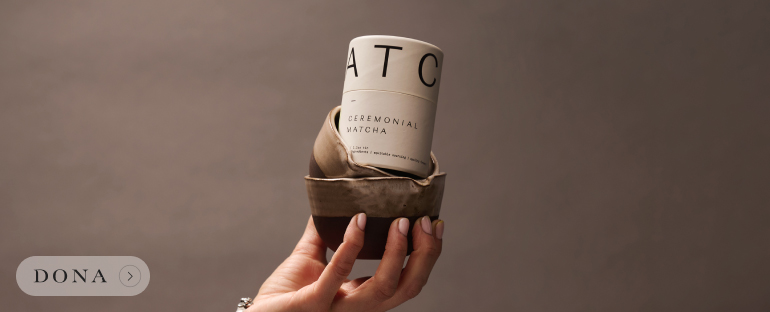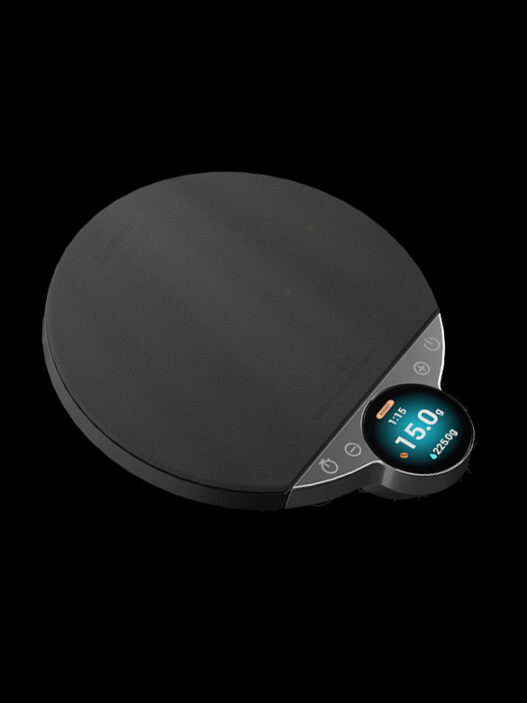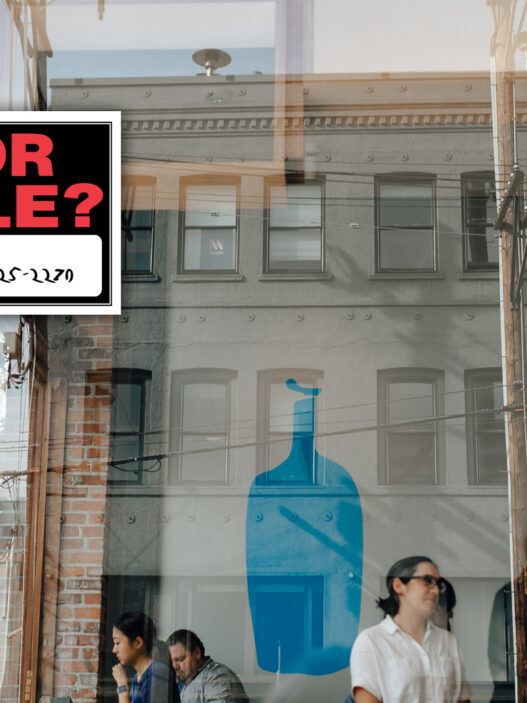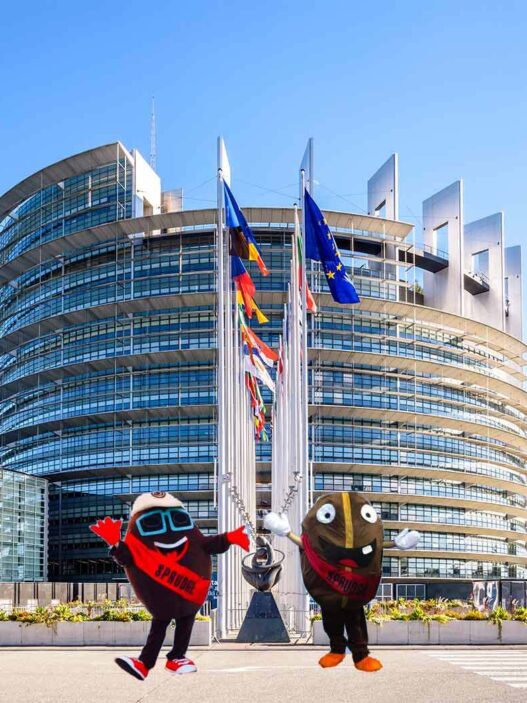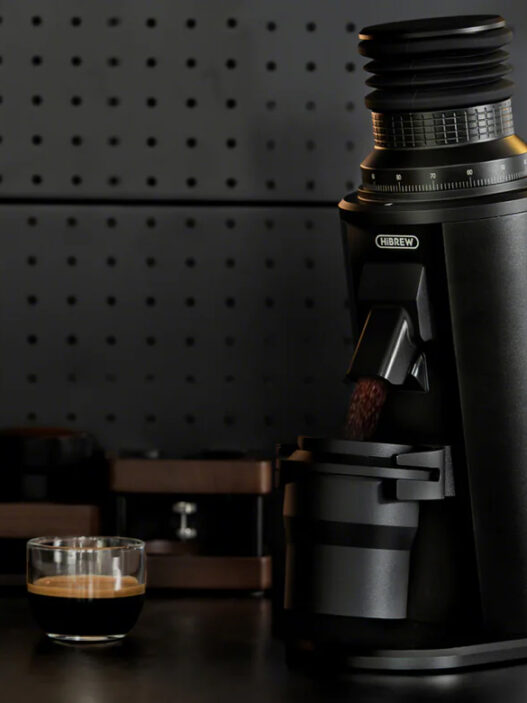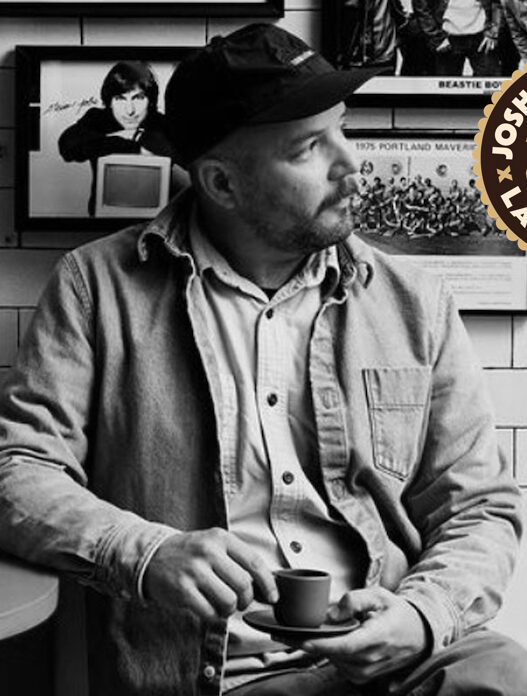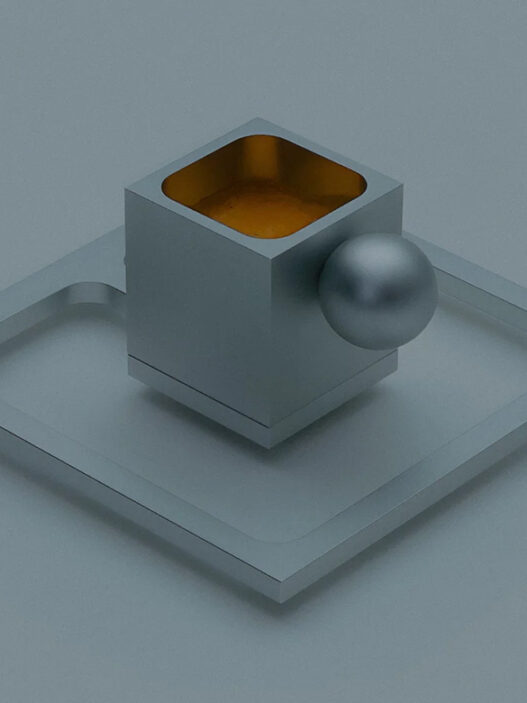News flash! Science has discovered another incredible use for coffee grounds! Long time Sprudge readers will know by now the many known ways of reusing and recycling coffee grounds or the sophisticated coffee ground upcycling in surgical caps, exfoliating soaps, stink-free activewear, fashionable sunglasses, palm-oil substitutes, biodegradable plastics, and sockless odor-less boots. Well, science has decided to stumble upon yet another brilliant use for coffee grounds—and warning! It’s not for the faint of heart.
The newest use for coffee comes via Dr. Michael Daignault, an ER doctor whose article in USA Today recounts a story of a patient who came in to be treated for an open wound. While Dr. Daignualt has seen a variety of home remedies for lacerations—which he notes makes up 8% of all ER visits in the US—packing a wound with coffee was a first. But lo and behold, it worked; by the time the patient was seen in the ER for treatment, the bleeding had stopped.
The real question is why? What about coffee makes it an effective clotting agent? Though there are few scientific studies on the subject, nor very many cultural or historical examples of the practice—save for a few areas in Southeast Asia that use coffee grounds to heal wounds—Dr. Daignault has a few guesses. First up, caffeine. Caffeine in coffee is a vasoconstrictor, meaning it can reduce blood flow. Now, it is unknown if the topical application of caffeine—like spreading it all over a cut in the skin—will be in high enough quantities or have a similar effect as consumed caffeine.
What is most likely the case, according to Dr. Daignault, is that packing a wound with coffee works similarly to applying gauze by applying firm pressure to the laceration. Dr. Daignault notes that it may also be the case that the coffee grounds absorb some of the oozing, giving the appearance that the bleeding is under control.
Still, even with anecdotal proof of coffee’s healing power, the good doctor cannot suggest mashing some grounds in an open wound. There’s really no way to account for how sterile (or not) coffee grounds are, so putting them directly into your bloodstream is probably a bad idea. (But what about a fresh espresso puck? It just had 200+ degree water run through it so it’s probably sterile and with all that heat could cauterize the wound. No? Fine.)
And even though it may not be “doctor-approved,” it’s timely news to know that in a pinch, coffee may be able to help treat a laceration. Like at say, oh I don’t know, Thanksgiving dinner, where there will be no shortage of coffee, cutlery, and how do I put this nicely… differing opinions. Just a thought.
Editor’s Note: Zac Cadwalader is not an accredited medical practitioner, nor does he hold an advanced degree in any of the biological sciences. He is simply an enthusiastic young man with a sixth grade education and an abiding love for all of God’s coffees and nothing he says should ever be taken as sound medical advice.
Zac Cadwalader is the managing editor at Sprudge Media Network and a staff writer based in Dallas. Read more Zac Cadwalader on Sprudge.




